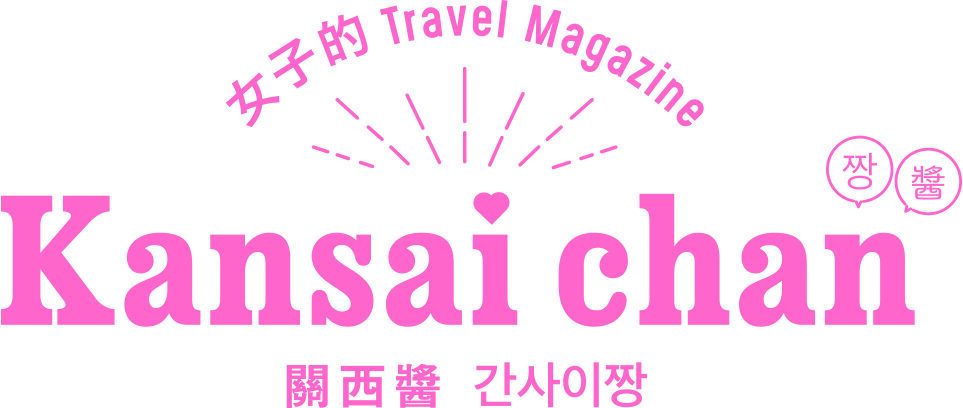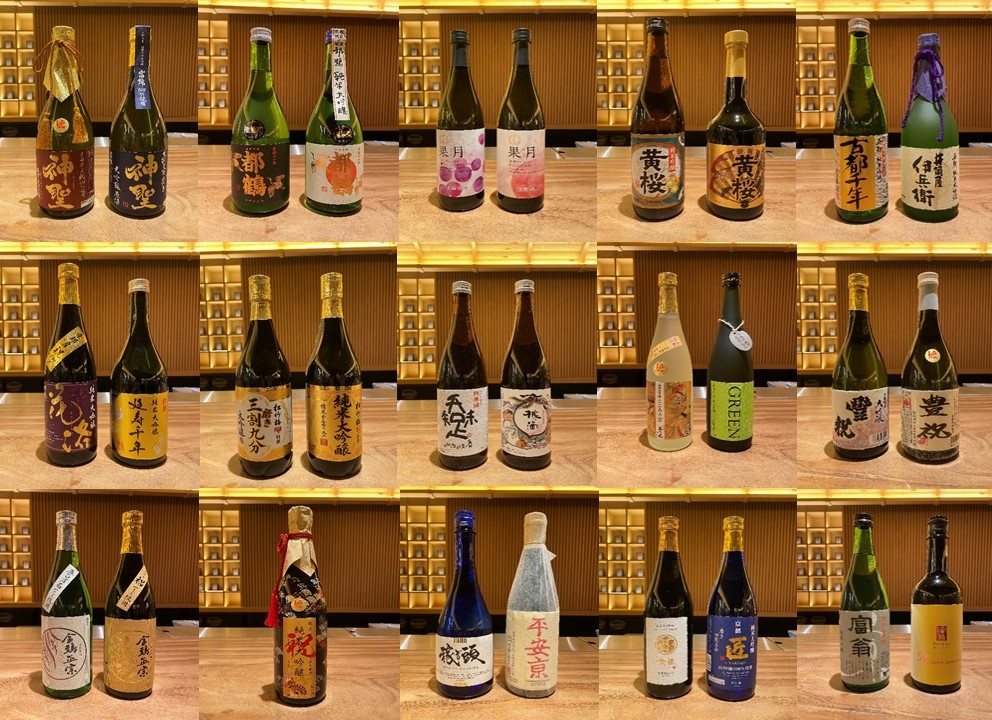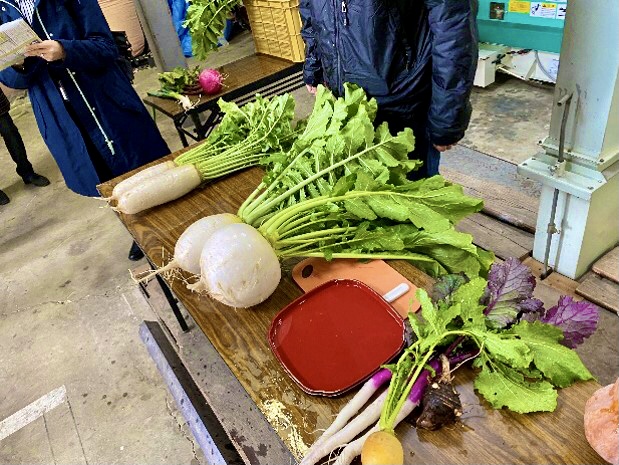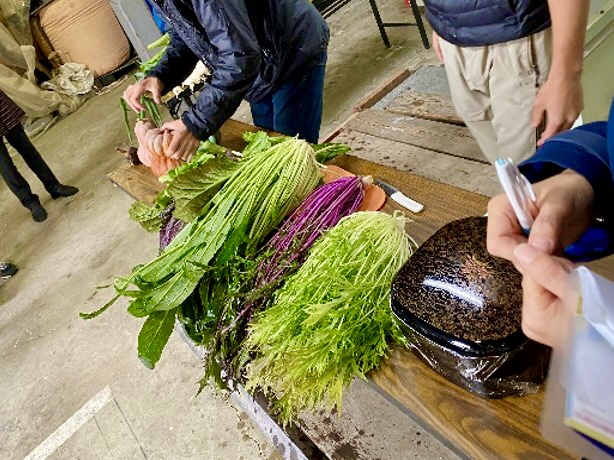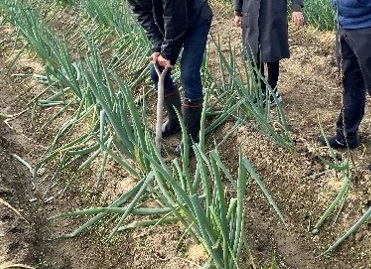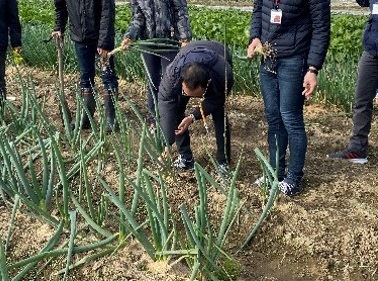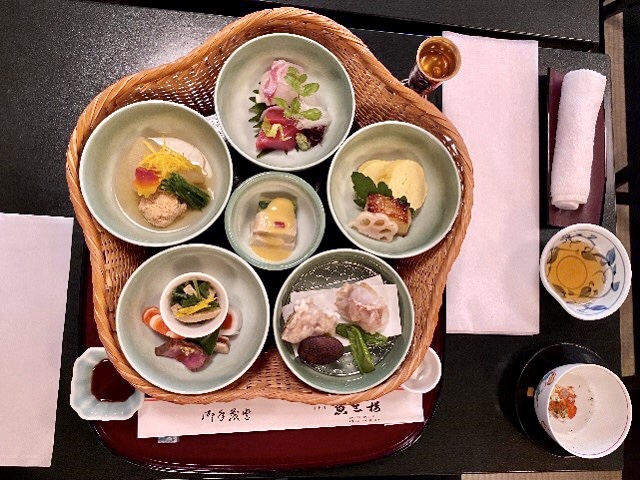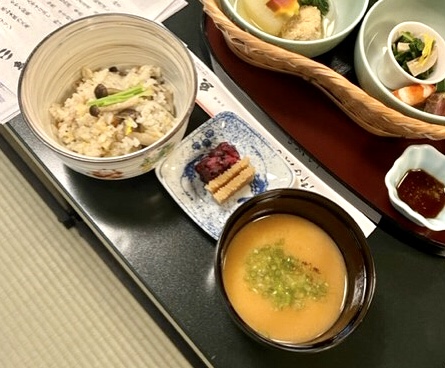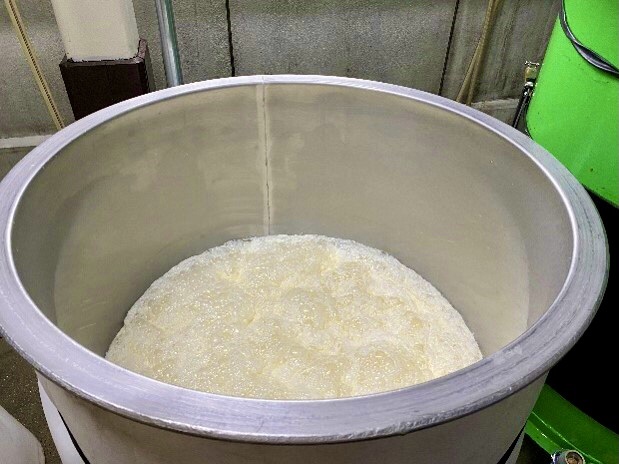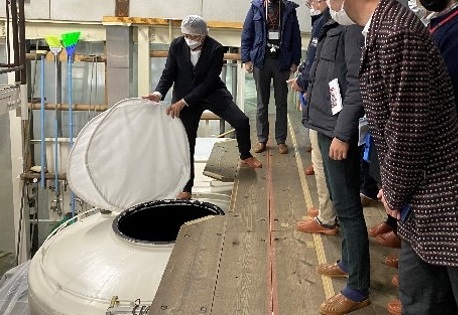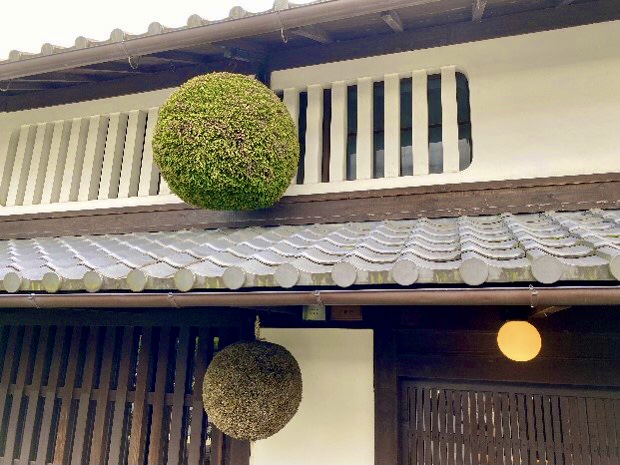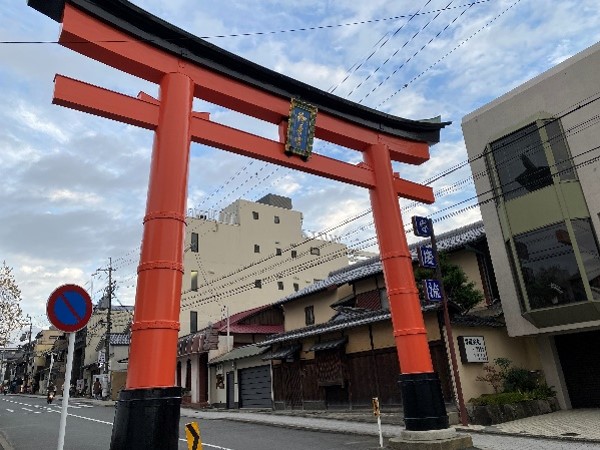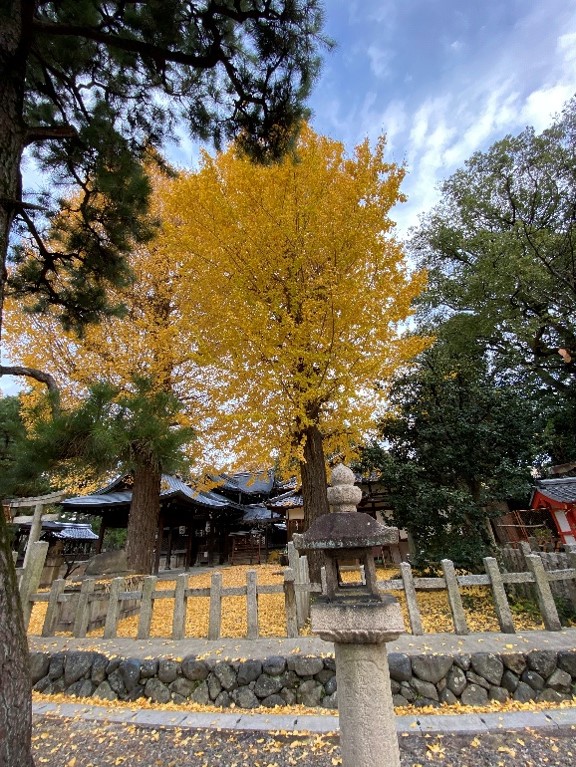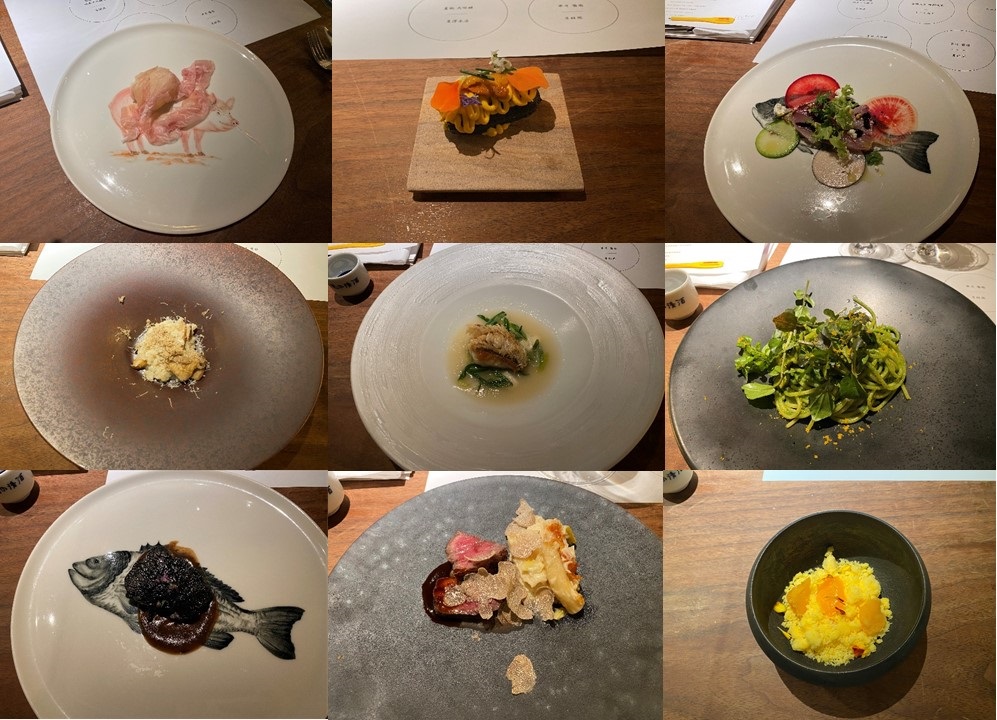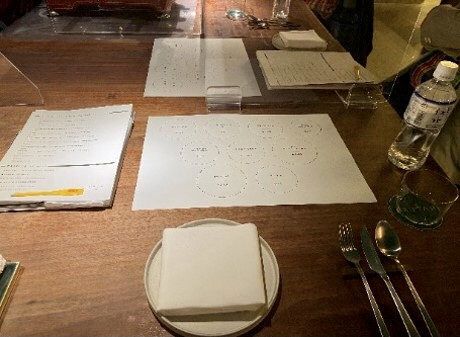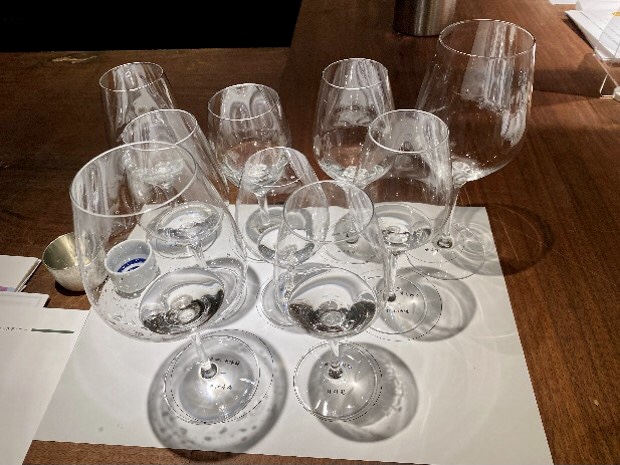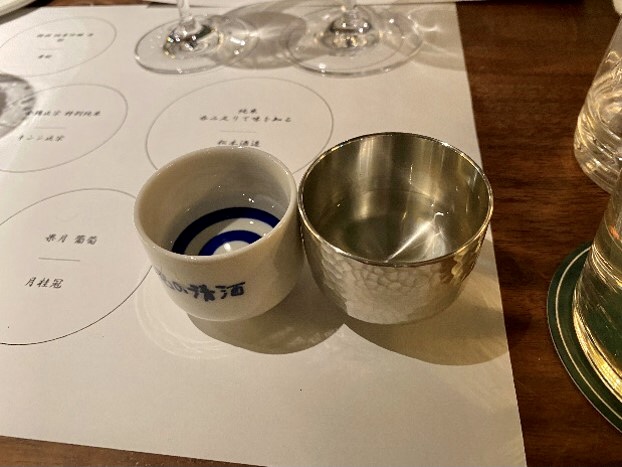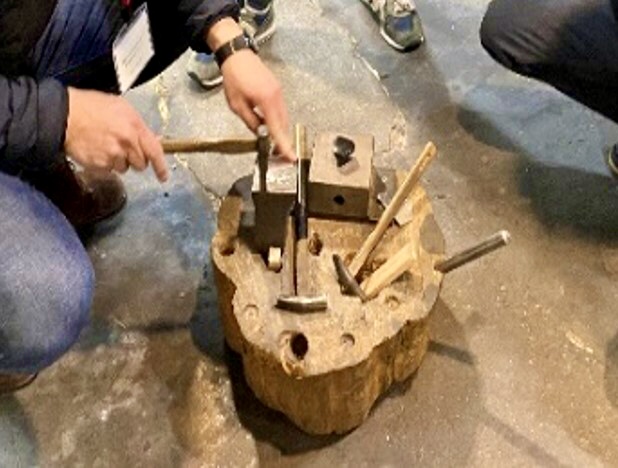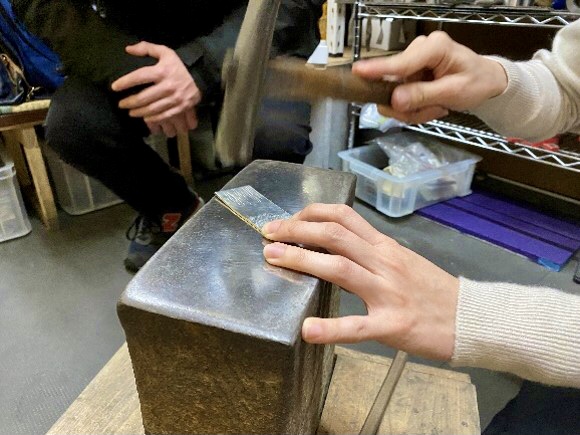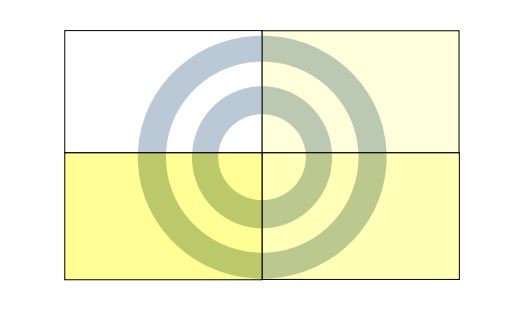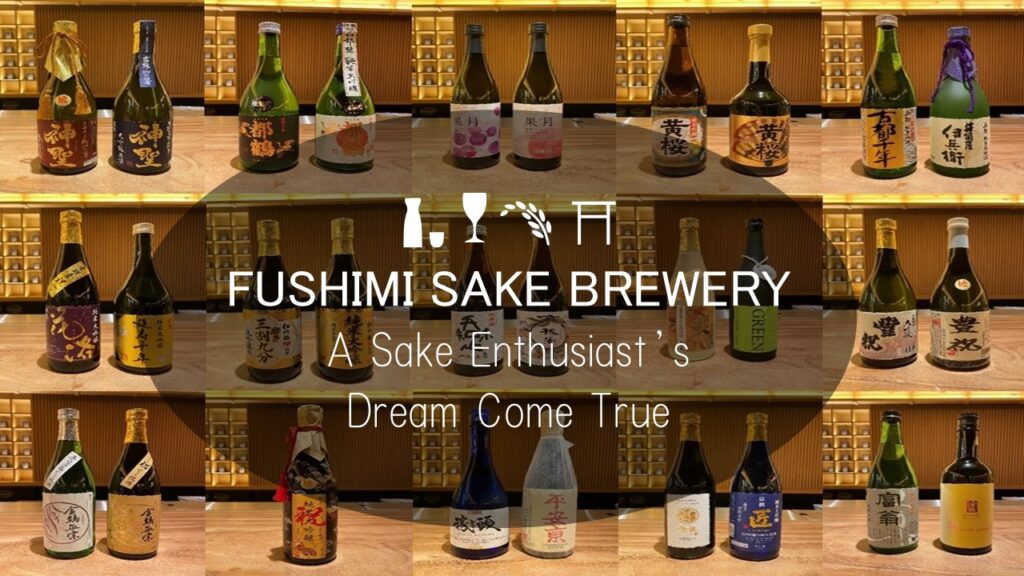
Fushimi Sake Brewery: A Sake Enthusiast’s Dream Come True
“Fushimi Sake Brewery Tourism and Kyoto’s food culture”
Fushimi has a long historical significance in both Sake brewing and the town itself. It is one of the three major Sake breweries in Japan!
In the previous article (find the link below), we shared an introductory tour to Japanese Sake. However, on this tour, the contents will be slightly upgraded for Sake lovers who have some sort of Sake knowledge and experience.
In addition to learning about Japanese Sake brewing, we also got the chance to observe the production process that is unique to the Sake brewing season. We got to see Kyoto’s original Sake rice “Iwai” which is the key ingredient of Sake, and also participate in Sake set-making workshops. By joining this tour we were able to experience the roots of Fushimi’s Sake!
We also got to experience the charms of Fushimi Sake through Fushimi’s famous natural water that also produces the famous “Kyoto Vegetables”.
On top of that, we got to enjoy the exciting and unique combination of dishes made with Sake lee and the paring of non-Japanese dishes with Fushimi’s Sake.
If you’re a fan of Japanese sake and want to deepen your Sake knowledge, follow us on this journey!
SUBSCRIBE
AND BE THE FIRST TO GET NOTIFIED ON NEW POSTS
★Before continuing, check out the tour’s concept and other useful information from this introductory article first! ★
🍶
The History of Fushimi Town and Japanese Sake
Fushimi town possesses a long history and the name even shows up in the Chronicles of Japan. During the Heian period (794-1185), this place served as the imperial family’s and the noblemen’s scenic villa. During the Azuchi-Momoyama period (1568-1600), Toyotomi Hideyoshi built Fushimi Castle and formed a large castle town.
Along with the construction of Fushimi Castle, Fushimi town prospered greatly. And with the increase in Sake demands, the town’s Sake came into the limelight!
Blessed with a rich natural climate, Fushimi Sake, which has been refined by Kyoto’s culture, is said to have begun during the Yayoi period when rice cultivation was introduced to Japan. Since then, the tradition of Sake brewing that has been passed down started blossoming during the Azuchi-Momoyama period (1568-1600).
During the Edo period (1600-1868), the town prospered as a gateway to the Yodogawa river transport that connected Kyoto and Osaka. In the latter half of the Meiji era (1868-1912), Fushimi became well known throughout the country for its Sake.
Currently, Sake Breweries in Fushimi and Joyo continue to take on new challenges as union members while preserving old traditions. This project will be carried out by the Sales Countermeasures Subcommittee, which is organized by 15 sake breweries.
DAY 1
🥕🌽🥒🥬🍆🥦🍄
“Learn about Sake rice and experience harvesting Kyoto Vegetables that are brought up by Fushimi’s famous water.”
Kyoto Vegetable tasting and harvesting activities @ Yamada Farm
On the last trip, it was rice cultivation season so we got to enjoy the wide scenery of Sake rice (Iwai). However, on this tour we got to focus on the famous Kyoto Vegetables (Kyoyasai) that are grown using Fushimi’s famous natural water!
Winter is the perfect season for Kyoto Vegetables!
This time, at Yamada Farm, which is the same place that we visited last time, we got to learn and taste the different varieties of the seasonal Kyoto Vegetables. We learned that there are so many varieties of Kyoto Vegetables (Kyoyasai). Even with just radish alone, you will find that there are so many different types!
One thing we got to do was cultivate Kujo Green Onions! All of the crops here are cultivated without pesticides or any chemical fertilizers which in result, brings out the original sweet taste of the vegetables!
“It was such a great experience to learn about the history and the importance of Kyoto Vegetables while actually seeing how it is being grown. Being able to taste a variety of vegetables were great too. They were so good at juicy!!”
📸
CHECK OUT YAMADA FARM’S AESTETIC VEGETABLE INSTAGRAM
🍽️
“Taste Sake lee and vegetables grown with Fushimi’s famous water”
Lunch made from Kyoto’s Vegetables and sake lee @ Uosaburo
Similar to the introductory trip, lunch was served using Sake lee and Kyoto Vegetables (Kyoyasai) that were harvested from Yamada Farm.
Uosaburo, the restaurant that we visited this time, is a long-established restaurant in Fushimi, Kyoto that has been in business for over 250 years. You can find traces of the battle of Toba-Fushimi from the bullet holes on the lattice!
Kasujiru or Sake lee soup, is a simple homecooked dish that feels so elevated when cooked by the elegant skills of a long-established restaurant!
Fushimi’s famous natural water that is pumped from the well of ‘Uosaburo’ is used in everything from tea, to rice, to broth. Kyoto dishes that are unique to Fushimi, using seasonal Kyoto Vegetables that go well with Fushimi’s local Sake was prepared for us to enjoy!
🌐Official Website: https://www.uosaburo.com/english.html
🍶
“Learn about the old-fashioned way of Sake brewing”
Sake Brewery Tour @ Masuda Tokubee Shoten
After watching an educational video on how to make Sake, we were able to observe the process of Sake brewing at this brewery, which is something we would not have been able to experience if we came on a private tour!
We were able to observe the the fermentation process and watch the tanks where the Sake is being made. When we lifted the lid of the tank and looked up, the rich scent of the Sake made it hard for us not to imagine the day we get to drink this amazing Sake.
The History
Founded in 1675, this brewery in Fushimi has a very long history. Since the Meiji era (1868-1912), it has been loved by many famous writers and customers!
In 1964, they invented the first “Sparkling Nigori Sake” in Japan. And in the following year, they started storing “Junmai Daiginjo Koshu” which is Sake that has been aged for a long period of time in porcelain jars.
In the recent years, they have started to revive and cultivate locally produced Sake Rice and develop low-alcohol Sake, pursuing a taste that combines traditional Sake brewing with modern sensibilities.
The Concept
Since its founding in 1675, they have kept their concept of “Sake that enhances the culture and embraces the individuality”. It is not just about the tastiness of the Sake, but it is more about the depth.
In a fast paced digital world that we live in today, it is easy to follow the crowd and feel pressured to produce Sake all year-round. However, this brewery keeps the tradition of only brewing mid winter where the quality of the ingredients are at its prime.
Here, they believe that both water and rice are a source of living from a natural origin. The wide range of natural flavors contribute to the individuality of Japanese Sake and it is what makes Sake enjoyable!
⭐ The fluffy looking round ball is made from Japanese cedar and it is used as a signal to let the town know that a new Sake has been produced!
🌐Official Website: https://tsukinokatsura.co.jp/(Japanese Only)
⛩️
“The land of the famous water that nourished the history and culture of Fushimi.”
Taking a Walk Around Fushimi Area
📍【Route】
(A)Gokonomiya Shrine (Sacred spring water Gokousui) ⇒ Sake Brewery Townscape ⇒ (B)Torisei (Shiragikusui) ⇒ (C)Okura Memorial Hall (famous spring water (Sakamizu) ⇒ Riverside ⇒ (D)Ryomadori Shopping Street (Sacred spring water Fushimizui) ⇒ (E)Fushimi Sakagurado (Sake shopping)
“Gokousui” (sacred spring water) at Gokonomiya Shrine, is selected as one of the 100 Exquisite and Well-Conserved Waters of Japan! We were able to talk directly to the people at the shrine!
By visiting the famous water sources scattered around town that are the the origin of Fushimi’s Sake, we were able to connect more with the roots of Fushimi’s Sake.
You can find many famous water spots that springs up all around Fushimi and see local people come to fetch it. The water quality is medium-hard and contains potassium, calcium, etc. in a well-balanced manner which meets the optimum conditions for Sake brewing.
⭐Check the link below for a guided tour around Fushimi’s famous spots!
Fushimi Inari Taisha Shrine & Fushimi Jukkoku Boat Cruise
🍶 🍽️ 🥴
“Compare and enjoy the different tastes of Sake through food pairing.”
Sake Tasting @GOOD NATURE STATION: ERUTAN Restaurant / Bar
Just like on the introductory tour, we were able to enjoy dinner and sake tasting at GOOD NATURE STATION.
Similar to last time, while listening to explanations from Sake experts, we enjoyed the unique dinner pairing of Fushimi’s Sake and dishes made from Kyoto’s local ingredients including vegetables from Yamada Farm!
However, this time we got to experience something slightly different which is comparing the experience of drinking Sake from a normal Sake cup (Ochoco) and a tin cup! Since tin has a purifying effect, the delicious taste of sake is strongly brought out! We were able to feel the unique characteristics of each Sake even more!
Lists of Sakes Used During the Food Pairing
| Manufacture | Sake Name | |
|---|---|---|
| 1 | Kyohime Shuzo Co., Ltd (株)京姫酒造 | Junmai Daiginjo Takumi 純米大吟醸 匠 |
| 2 | Kizakura Co., Ltd 黄桜(株) | Tokusen Junmaiginjo Kizakura 特撰 純米吟醸 黄桜 |
| 3 | Yamamoto Honke Co., Ltd (株)山本本家 | Shinsei Daiginjo Gen-shu 神聖 大吟醸原酒 |
| 4 | Tsurumasa Shuzo Co., Ltd 鶴正酒造(株) | Tsurumasamune Junmaidaiginjo Iwai 鶴正宗 純米大吟醸 祝 |
| 5 | Takara Shuzo Co., Ltd 宝酒造(株) | Tokusen Sho Chiku Bai<Junmaidaiginjo> 特撰松竹梅<純米大吟醸> |
| 6 | Kinshi Masamune Co., Ltd キンシ正宗(株) | Kinshi Masamune Tokubetu Junmai 金鵄正宗 特別純米 |
| 7 | Matsumoto Sake Brewing Co., Ltd 松本酒造(株) | Junmai Nomitariteajiwoshiru 純米 呑み足りて味を知る |
| 8 | Toyosawa Honten Co., Ltd (株)豊澤本店 | Housyuku Daiginjo 豊祝 大吟醸 |
| 9 | Gekkeikan Sake Company, Ltd 月桂冠(株) | Kagetsu Budou 果月 葡萄 |
“The Sake definitely tasted different when drinking from the tin cup. That was super interesting!”
🌐Official Website: https://goodnaturestation.com/?wovn=en
Day 2
“Experience Kyoto’s traditional crafts that hold our Sake.”
Experience The Sake set-making Workshop @ Seikado
At Seikado, we were able to actually see and experience how the tin products are made through a workshop. After carefully listening to the explanation of the properties of tin, we got to get hands-on experience on making tin into the shape and pattern we like for our Sake set.
It is very delicate work but the action of boldly swinging the hammer down to build a shape is very exciting!
Seikado was founded as a tin master in the late Edo period (1600-1868). They have been working hard to produce majestic items for shrines, temples, and also supplies for the palace. The tin products which have been their specialty since their establishment, have unique textures and designs that represents the beauty of wabi-sabi. The historical significance that is passed down from parent to child and child to grandchild is what makes this place so special.
The unique aroma of tin not only enhances the taste of sake, but tin products also looks aesthetic when placed on the table.
🌐Official Website:https://www.seikado.jp/english
⭐
The Secret to Checking The Colors of Sake
⭐ When drinking from an Ochoco, you’ll see the blue circles that come in doubles. This is the secret to checking the color of the Sake by looking at how the yellow color of the Sake affects the color between the blue and the white part of the circles.
⭐ The color of Sake differs depending on the type of rice that was used during the production or how long the Sake was matured.
💡
Final Thoughts
“The best part was being able to get hands-on experience and learn from Kyoto’s food culture and Sake specialists.”
Latest Contents
- Tips for the Gion Festival 2023
- Funaoka Onsen: Kawaii! Public bath in Kyoto
- Best cherry blossom spots in Kyoto 2023
Enjoy travelling Kansai with KTIC
Tourist Information / PASS / WIFI / Day Tour
Kansai International Airport (KIX) T1
Open Everyday 9.30 – 17.30
Kyoto Tower 3F
Open Everyday 10.00 – 17.00
